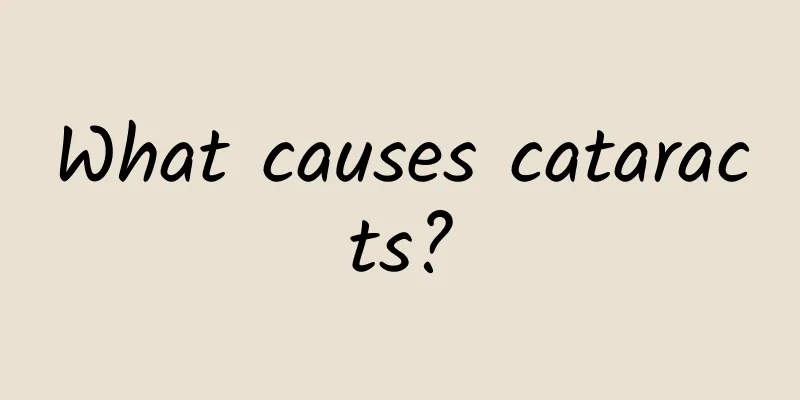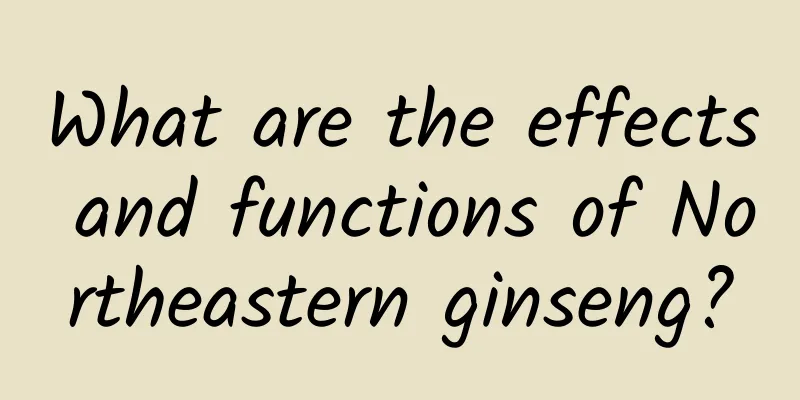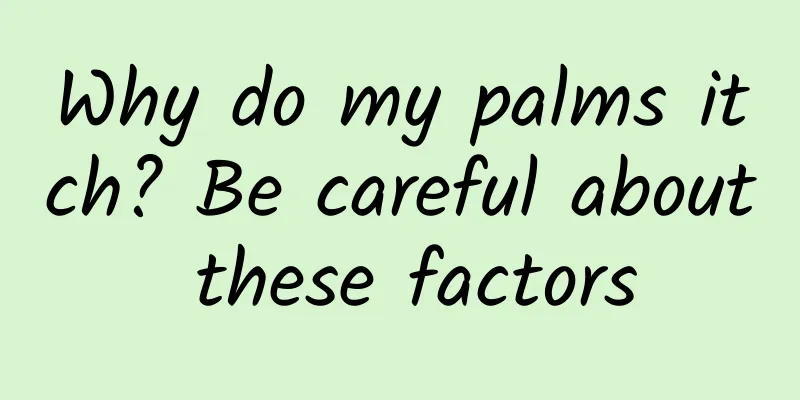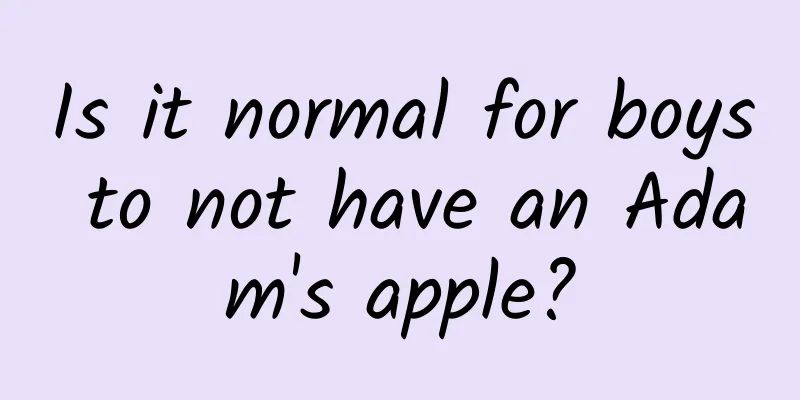How to treat wind tuo

|
Fengtuo is a common name for urticaria. The cause of this disease is quite complicated, and currently no more than a quarter of the causes are known. After suffering from urticaria, a reaction similar to hives will appear on the skin. It may disappear on its own in a short time, but it often recurs for a long time, causing great distress to the patient. So, how to treat wind tuo? Let’s look at the method in detail below. 1. General treatment: Since the causes of urticaria vary, the treatment effects are also different. The specific treatment measures are as follows: (1) Eliminate the cause. For every patient, efforts should be made to find the cause of the attack and avoid it. If the cause is infection, the infected lesions should be treated actively. If the allergy is caused by drugs, the allergy medication should be stopped; if the allergy is caused by food, find out the allergic food and do not eat this food again. (2) Avoid inducing factors. For example, for cold urticaria, you should keep warm; for acetylcholine urticaria, you should reduce exercise, sweating and mood swings; for contact urticaria, you should reduce the chance of contact. 2. Drug treatment (1) Antihistamines ①H receptor antagonists have strong anti-histamine and anti-other inflammatory mediator effects and are effective in treating various types of urticaria. Commonly used H1 receptor antagonists include diphenhydramine, cyproheptadine, chlorpheniramine, acrivastine, cetirizine, mizolastine, loratadine, ebastine, azelastine, desloratadine, etc.; when single treatment is ineffective, two different types of H1 receptor antagonists can be used in combination or in combination with H2 receptor antagonists. Commonly used H2 receptor antagonists include cimetidine, ranitidine, famotidine, etc. It is effective for acute, chronic urticaria and cold urticaria. Dosage varies from person to person. ② Doxepin is a tricyclic antidepressant that is particularly effective for chronic urticaria and has fewer adverse reactions. Doxepin is a better choice of drug for patients with urticaria who are not responsive to traditional antihistamines. (2) Drugs that inhibit mast cell degranulation and reduce histamine release ① Meta-hydroxyisobutyrine sulfate is a β2 adrenergic receptor stimulator that can increase the concentration of cAMP in the body, thereby inhibiting mast cell degranulation. ② Ketotifen inhibits mast cell degranulation and prevents the release of inflammatory mediators (such as histamine, slow-reacting substances, etc.) by increasing the concentration of cAMP in the body. Its suppressed. It is stronger and faster than sodium cromoglycate and can be taken orally. ③Sodium cromoglycate can block the binding of antigen and antibody and inhibit the release of inflammatory mediators. If used in combination with glucocorticoids, the dosage of the latter can be reduced and the therapeutic effect can be enhanced. ④ Tranilast reduces the release of histamine by stabilizing the mast cell membrane. (3) Glucocorticoids are second-line drugs for the treatment of urticaria. They are generally used when severe acute urticaria, urticarial vasculitis, and pressure urticaria are ineffective against antihistamines, or when chronic urticaria is severely stimulated. They are administered intravenously or orally, and long-term use should be avoided. Commonly used drugs are as follows: ① prednisone; ② triamcinolone; ③ dexamethasone; ④ diprosone. In emergency situations, hydrocortisone, dexamethasone, or methylprednisolone is given intravenously. (4) Immunosuppressants: When patients with chronic urticaria have an autoimmune basis and the disease recurs, and the above treatments cannot achieve satisfactory results, immunosuppressants can be used. Cyclosporine has a good therapeutic effect. Azathioprine, cyclophosphamide, methotrexate and immunoglobulin can all be tried. Tripterygium wilfordii also has a certain therapeutic effect. Due to the high incidence of side effects of immunosuppressants, they are generally not recommended for the treatment of urticaria. In addition, drugs that reduce vascular permeability, such as vitamin C, vitamin P, calcium supplements, etc., are often used in combination with antihistamines. If it is caused by infectious factors, appropriate antibiotics can be used for treatment. |
<<: Symptoms and treatment of wind allergy
>>: How to treat cold bone wind
Recommend
What should I do if I have a fever right after I get pregnant?
Colds and fevers are common phenomena in life. Fo...
What are the differences between wrinkle removal injections and hyaluronic acid?
Everyone loves beauty. Everyone wants to have a b...
What is the effect of drinking Astragalus leaves soaked in water?
I believe many of my friends are familiar with th...
What to do if an adult has a fever
Fever is a common disease and it is not seasonal,...
40 weeks stomach tightness and hardness
When pregnant women go to the hospital for a pren...
Vulvar polyps
Polyps are growths that grow on the surface of hu...
Causes of Migraine
Headache is a very common thing in life. Many peo...
What does bone growth need? These are essential
Children's bones need many nutrients during t...
Treatment and maintenance of ichthyosis
Ichthyosis is a relatively common hereditary dise...
What is the reason for the shapeless poop?
Unformed stool is a typical symptom of enteritis....
High thyroid hormone
Any disease can cause great harm to human health....
Is it better to take the medicine before or after meals?
Usually there will be reminders on the prescripti...
Can nasal polyps be treated with medication?
Many people always have a runny nose, and it is n...
I have a dark brown period after 10 days of menstruation
Under normal circumstances, women will have very ...
What medicine is better for diarrhea?
I have had some diarrhea recently and I don’t kno...









